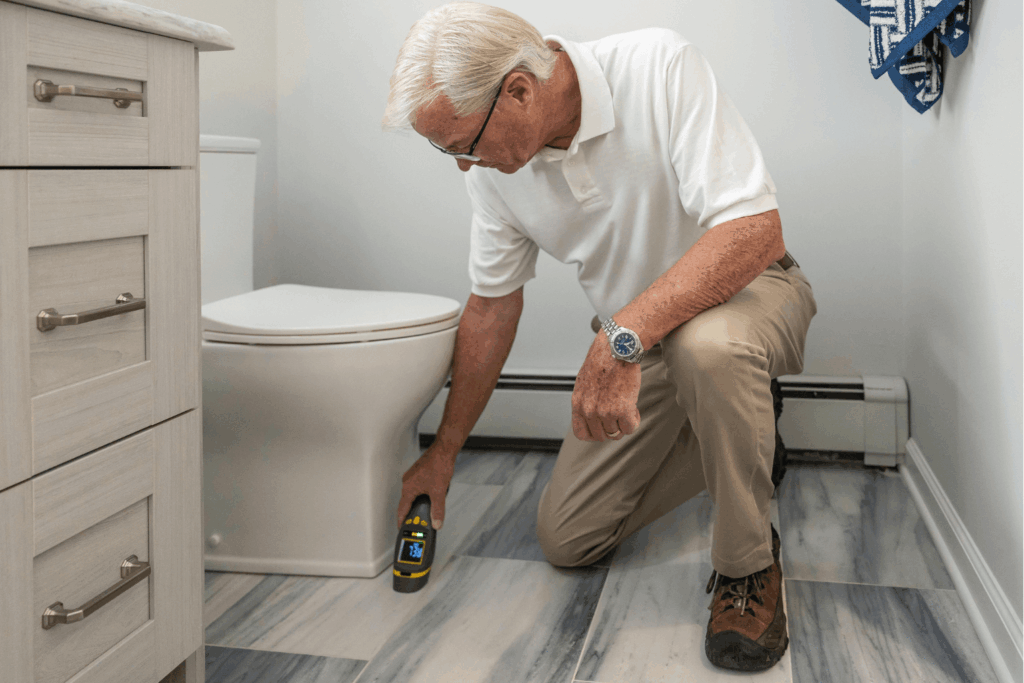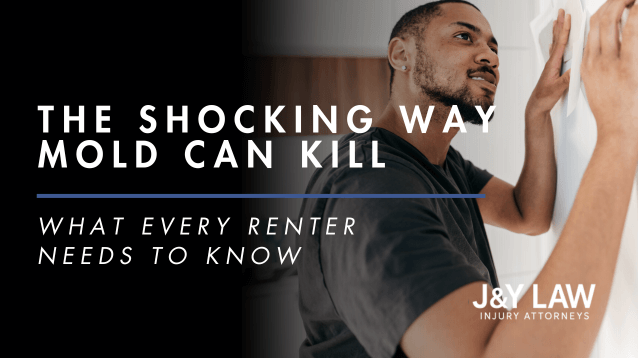The Shocking Way Mold Can Kill: What Every Renter Needs to Know
When most people think of mold, they picture musty smells or mild allergy symptoms, not a wrongful death.
But a recent lawsuit reveals a devastating truth: black mold can quietly destroy the structural integrity of your home. When landlords ignore the warning signs, it can be fatal.
What Happened in the Black Mold Wrongful Death Case?
In a Los Angeles apartment, a woman stood up from her toilet and placed her hand on a bathroom wall for balance. The wall crumbled beneath her touch. completely rotted by months of unchecked black mold growth. She fell, hit her head, and tragically died from her injuries several months later.
Senior Trial Attorney Alex Boris called it “a tragedy of inaction.” The mold damage had been reported before, but the landlord’s response was nothing more than a surface level cleanup – a coat of paint and a spray of bleach, performed by an unlicensed worker. “This wasn’t an accident. This was preventable neglect,” Boris said.
For a free legal consultation, call (424) 453-2310
Is Mold Just a Respiratory Risk?
Absolutely not. Mold isn’t just about coughing, sneezing, or asthma flareups. It can literally erode your walls, ceilings, floors, and stairs from the inside out. Black mold (Stachybotrys chartarum) thrives in damp, hidden areas and grows on porous materials like wood, drywall, and insulation. Studies published by Professor Berlin D. Nelson show it produces mycotoxins that may degrade building materials or pose other risks.
By the time you see visible signs, the structural damage may already be extensive and dangerous.
How Many Homes Have Mold Problems?
- According to the United States Environmental Protection Agency (EPA) and other studies, approximately 47% of U.S. homes show signs of dampness or mold growth.
- In commercial or institutional buildings: one survey out of Berkely found 85% had past water damage and 45% had current leaks – conditions that favor mold growth.
- The New York Post found 26% of U.S. adults worry their homes may be unsafe due to mold, even though the actual prevalence is higher.
These figures show mold isn’t rare. It’s common, especially in older rental buildings and properties with deferred maintenance.
Click to contact our personal injury lawyers today
What Are Landlords Legally Required to Do About Mold?
In California, landlords must maintain habitable premises. This includes:
- Fixing leaks promptly
- Repairing structural damage
- Investigating complaints of mold or moisture
- Hiring licensed professionals for proper remediation
Painting over damaged walls or wiping down surfaces with bleach is not considered adequate under habitability law. “We had to show that the landlord either knew about the hazard or should’ve known,” Boris said. “In this case, there was no inspection process. No complaint system. Just neglect.”

Complete a Free Case Evaluation form now
Questions Renters Should Ask Landlords About Mold
For Current Renters:
- Has the unit been inspected for mold within the past year?
- Is there a documented history of leaks, floods, or moisture issues?
- What’s the process for reporting maintenance issues, and how quickly are they addressed?
- Are licensed mold remediation experts used?
For Prospective Renters:
- Do you have a digital or written system for logging maintenance complaints and tracking how they’re resolved?
- Can I review any recent mold inspections or repair logs?
- What is your policy for water damage, leaks, or ventilation failures?
- Do you perform regular inspections on plumbing, foundation drainage, and HVAC?
If the landlord can’t answer these confidently, it’s a red flag.
Signs of Hidden Black Mold
Black mold often grows behind walls, under floors, or inside HVAC systems. While these places may be out of sight, be mindful of:
- Musty, earthy smells
- Warped or bubbling drywall
- Peeling paint or wallpaper
- Unexplained headaches, fatigue, or allergy symptoms
Can You Sue a Landlord for Mold Related Injuries?
Yes. If you’ve been harmed due to landlord negligence, you may have a valid claim for premises liability, personal injury, or even wrongful death. To succeed, you must show:
- The landlord had notice of the hazard (or should’ve had it)
- They failed to take reasonable steps to fix it
- The mold directly contributed to your injury, illness, or death
At J&Y Law, we specialize in uncovering these kinds of failures, from missed inspection reports to ignored maintenance logs.
Why Choose J&Y Law?
Mold can destroy more than just your walls. It can take a life. That’s why we fight for tenants and families who’ve suffered due to uninhabitable living conditions.
We’ve handled over 10,000 injury cases with a 98% success rate. If your home has made you or a loved one sick, or you’ve been injured due to landlord neglect, we’re here to help.
Call (866) 598-5699 for a free consultation. We work on a contingency fee basis, meaning you pay nothing unless we win your case. Let us help you uncover the truth and fight for what your family deserves.
Call or text (424) 453-2310 or complete a Free Case Evaluation form





